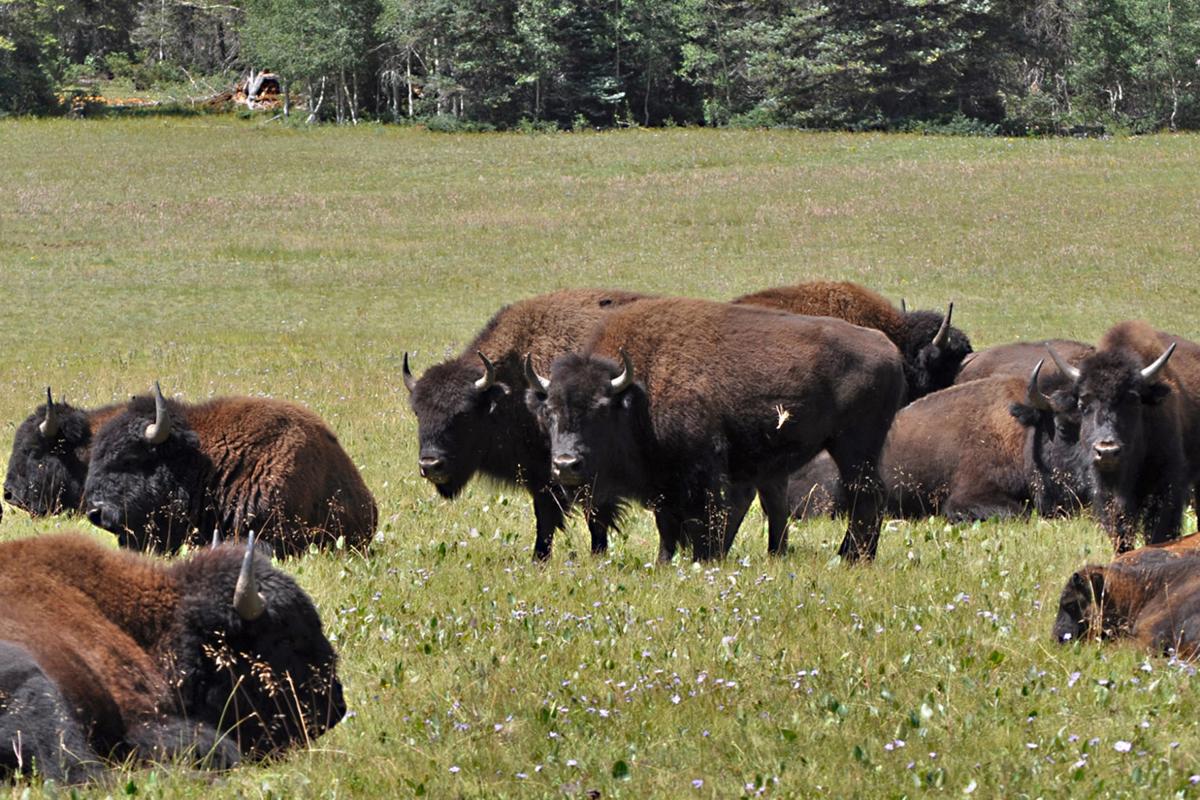PHOENIX — Federal forestry officials did nothing wrong in agreeing to allow hunters to take their motorize vehicles off road in a national forest to retrieve their big-game kills, a federal appeals court ruled Wednesday.
The 9th Circuit Court of Appeals acknowledged the rules of the U.S. Department of Agriculture generally prohibit off-road motorized travel in the Kaibab National Forest. The purpose is to protect critical habitat and prevent harassment of wildlife.
But Judge Milan Smith Jr., writing for the unanimous three-judge panel, said Heather Provencio, as supervisor of the Kaibab National Forest, was within her authority to allow vehicles to go up to a mile off the roads in the forest.
He said the exemptions were limited in time and scope.
And Smith said the fact that regional officials were skeptical of the plan allowing the off-road use does not preclude the final decision by the Forest Service from giving the go-ahead.
“The fact that a preliminary determination by a local agency representative is later overruled at a higher level within the agency does not render the decision-making process arbitrary and capricious, as agencies are fully entitled to change their minds as long as the proper procedures were followed,” he wrote.
At one point there had been no regulation of off-road use in national forests. Then, several years ago, officials in the Kaibab National Forest enacted various regulations barring off-road use by motorized vehicles.
The fight is over that decision to create an exception to allow hunters to go up to a mile off certain routes in the forest to pick up big game, such as elk and bison.
Environmental groups who sued, including WildEarth Guardians, the Grand Canyon Wildlands Council, the Wildlands Network and the Sierra Club, created maps they said showed allowing that off-road use exemption left 90 percent of the Kaibab forest unprotected from the motorized vehicles.
They cited potential danger to the habitat of Mexican spotted owls and the black-footed ferret, both endangered species.
But Smith noted the regulations adopted by the Department of Agriculture — the one the Forest Service used to come up with the specific rules here — contain a provision allowing the use of motor vehicles at some “specified distance” of certain forest roads or trails where motor vehicle use is allowed, both for “dispersed camping” and “retrieval of a downed big game animal by an individual who has legally taken that animal.”
And the court rejected arguments by challengers that allowing such activity within a mile violates the requirement that the activity be “limited” and only on “certain” roads.





